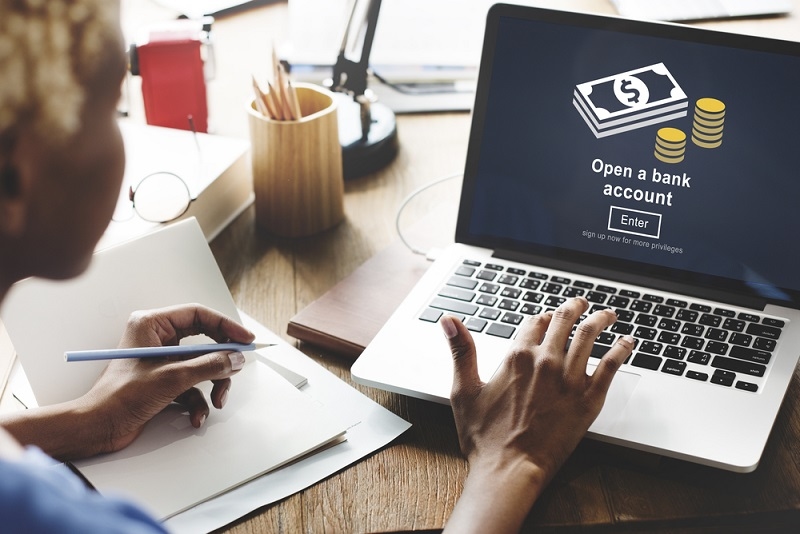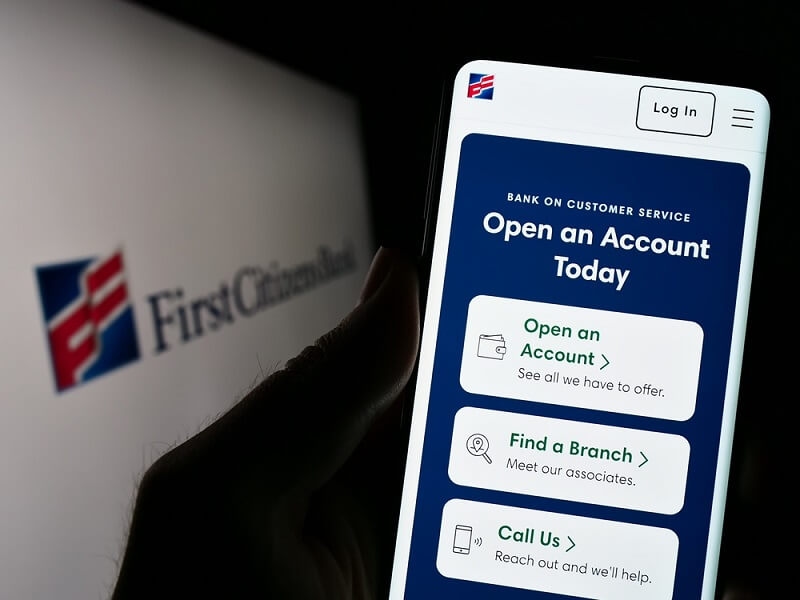
Opening your first bank account is a massive step toward establishing your financial independence, and doing it online creates the ultimate convenience! There is never a shortage of reasons to choose to do your banking online: a new bank, a recent student, a new resident in the U.S., or maybe you're just tired of standing in line! Online bank accounts offer a contemporary means to bank and manage your money anytime, day or night. Before you start, knowing where to begin, what documents to prepare beforehand, and how to protect yourself best is essential.
This comprehensive guide for opening your first online bank account in the U.S. takes you through everything you need to know to find the right bank, how to set it up, and how to protect your account. If you have ever wondered how to open an online bank account securely, whether there are online banking requirements in the U.S., and how verification works, you are in the right place!
An online bank account is a digital form of a traditional bank account. Instead of visiting a bank branch, you utilize all the same banking services—checking your balances, transferring money, paying bills, etc.—through a website or app.
Two types of institutions offer online banking:
Either option can be a good fit for you.
There are plenty of good reasons to pick online banking for your first account:
And with most online accounts, you get budgeting tools, spending trackers, and customer service by chat or phone.

Understanding how to open an online bank account safely is essential. The application takes around 10-15 minutes, during which you verify your identity and fund the account if you wish. You'll follow some simple steps:
For starters, pick checking, savings, or both. Then compare:
Look for customer reviews or the fine print for sneaky fees or limitations.
Most U.S. banks ask for the following to open an account:
Note: Some banks may allow non-citizens to open accounts using alternative documentation.
Never click on ads or suspicious links. Always type the bank’s name directly into your browser to ensure you’re on the correct site.
Then, choose “Open Account” and select the type of account you want.
This is where you’ll enter your personal information. Ensure your details match your ID exactly—especially your full name and address.
Be honest in all your answers to avoid issues with account approval or future access.
After submitting your application, the U.S. online bank account verification process will begin. This may include:
Some banks may temporarily restrict access until verification is completed.
You’ll need to add money to activate your account. Most online banks accept funding via:
Depending on the bank, initial deposit amounts can range from $0 to $100.
Once funded and approved, you’ll receive instructions on how to create a username and password. Be sure to:
The online account setup for U.S. banks may seem straightforward, but a few strategic moves can ensure you get the most from your experience:
If you travel often, look for a bank with broad ATM coverage or fee reimbursements. If you’re focused on saving, choose one offering competitive interest rates.
Many online banks now offer overdraft protection or allow you to turn it off. You can monitor your balance to avoid costly mistakes.
Set up alerts for:
These help prevent fraud and keep your spending in check.
Opening an account is just the beginning. Keeping it safe is an ongoing priority. Use these secure online bank account tips to protect your money:
Create complex passwords with a mix of letters, numbers, and symbols. Avoid using the same password across multiple sites.
This adds a second step to your login process, usually via SMS or authentication apps. It dramatically improves account security.
You can only access your account from secure networks. Hackers can exploit public Wi-Fi to steal your credentials.
You can always log out of your account after you use it, especially on shared or public computers.
Check your account weekly for unauthorized transactions. Report suspicious activity to your bank immediately.
Mistakes can delay or compromise your online banking setup, even with simple steps. Avoid these pitfalls:
You can use your full legal name as it appears on your ID. Nicknames can lead to failed verification.
A small typo in your SSN or address can delay the approval process or cause rejection.
Some accounts waive fees only if you meet conditions, like minimum balances or direct deposits.
Failing to set up 2FA or alerts leaves your account more vulnerable to attacks.
Now that you know how to open an account, which should you choose? Let’s look at typical account types:
Ideal for daily spending, bills, and deposits. Look for:
Great for building an emergency fund or saving for a goal. Look for:
Some online banks offer high-yield savings or money market accounts with better interest rates than traditional banks.
Still unsure whether online banking is right for you? Here’s how it stacks up:
| Feature | Online Bank Account | Traditional Bank |
| Branch Access | No | Yes |
| Monthly Fees | Usually lower or none | Often higher |
| Interest Rates | Higher (especially for savings) | Lower |
| Setup Time | 10–15 minutes online | 30–60 minutes in-person |
| Customer Support | Chat, email, phone | In-person + digital |
Online banking is often the clear winner for users prioritizing convenience, low fees, and tech-savvy services.
Once your account is live and secure, here’s how to get the most out of it:
Link your paycheck or government benefits for faster access to funds.
Automate recurring bills like rent, utilities, or subscriptions.
Many mobile apps categorize your spending and help you create savings goals.
Services like Zelle, PayPal, or Venmo make sending and receiving money easy.
Don’t worry—rejection is not uncommon. Reasons may include:
If this happens:
Opening your first online bank account is a simple yet essential step. This guide will give you all you need to feel confident about these first steps.
From understanding the verification process used by U.S. banks for online accounts to following best practices for safe online accounts, your first step into online banking can go smoothly, safely, and positively. Remember to take your time, protect your information and credentials, and always be vigilant against fraud.
Online banking has been a game-changer for convenience, and now you're ready to embrace it wisely!
This content was created by AI